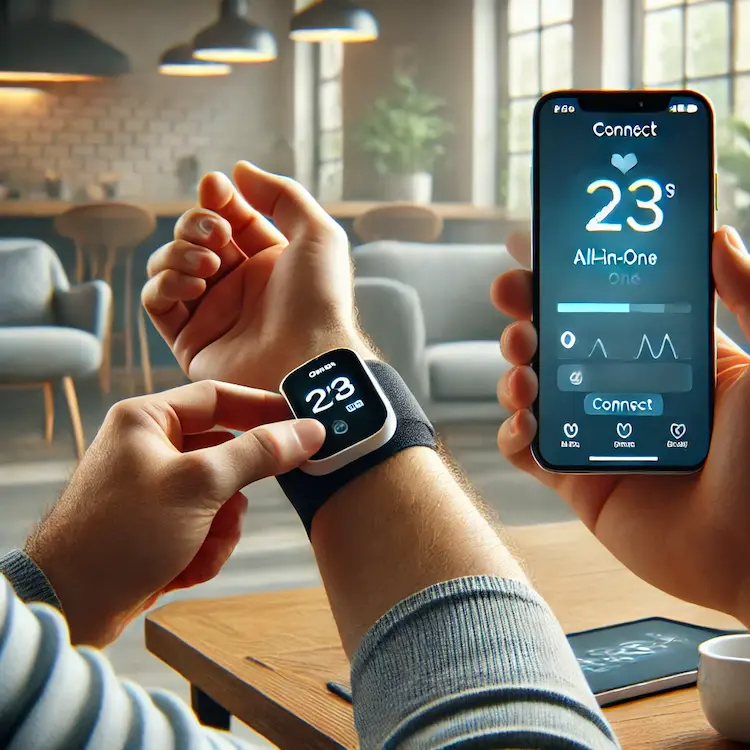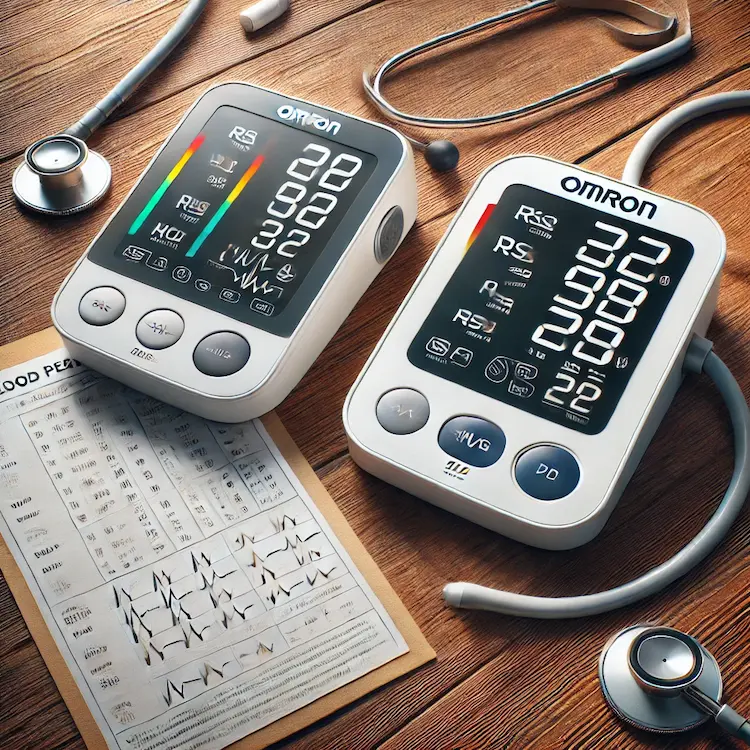Blood pressure monitoring is an essential part of managing cardiovascular health, particularly for individuals with hypertension, heart disease, or those at risk. Omron, a globally recognized leader in healthcare technology, offers various blood pressure monitors designed for home use. Among them, the Omron RS4 and Omron RS2 are popular wrist blood pressure monitors. But which one is more intuitive for home users? This article provides an in-depth comparison of the Omron RS4 and RS2, breaking down their features, usability, accuracy, and suitability for different users.
Hypertension is a “silent killer,” often showing no symptoms until it leads to serious complications like stroke, heart attack, or kidney failure. Home blood pressure monitoring is critical because:
With these benefits in mind, choosing the right monitor is crucial. The Omron RS4 and RS2 are both wrist blood pressure monitors, but their usability, features, and intuitiveness vary.

| Feature | Omron RS4 | Omron RS2 |
|---|---|---|
| Cuff Positioning Indicator | ✅ Yes | ❌ No |
| IntelliSense Technology | ✅ Yes | ✅ Yes |
| Memory Storage | 60 Readings | 30 Readings |
| Irregular Heartbeat Detection | ✅ Yes | ✅ Yes |
| Hypertension Indicator | ✅ Yes | ❌ No |
| Average of Last 3 Readings | ✅ Yes | ❌ No |
| One-button Operation | ✅ Yes | ✅ Yes |
| Weight | ~101g | ~102g |
| Power Source | 2 AAA Batteries | 2 AAA Batteries |
| Price Range | Higher (~$70-$90) | Lower (~$50-$70) |
This table highlights that while both devices are easy to use, the Omron RS4 offers more intuitive and advanced features that enhance usability and accuracy.
When choosing a blood pressure monitor for home use, ease of operation, display clarity, and user guidance are key factors.
One of the biggest challenges with wrist blood pressure monitors is proper cuff positioning. The Omron RS4 includes a positioning indicator, ensuring users place the cuff at heart level for more accurate readings. The RS2 lacks this feature, meaning users must manually estimate the correct position, which may lead to inconsistent results.
Verdict: Omron RS4 is more intuitive due to its Cuff Positioning Indicator.
Verdict: The RS4 is more user-friendly, especially for hypertension management.
Both the RS4 and RS2 feature a one-touch start button, making them easy to use. However, the RS4 has a larger, clearer display, making it easier to read results, especially for elderly users or those with vision impairment.
Verdict: Both are easy to use, but RS4’s display is slightly more user-friendly.
Blood pressure accuracy is crucial, as inaccurate readings can lead to poor health decisions.
Studies suggest that wrist blood pressure monitors can be less accurate than upper arm monitors if not positioned correctly. The RS4’s positioning guide compensates for this, improving accuracy.
Verdict: Omron RS4 is more accurate due to its positioning indicator and advanced features.
For users who just need a basic monitor, the RS2 is sufficient. However, for those who value precision, tracking, and guidance, the RS4 is worth the extra cost.
Verdict: The RS2 is better for budget-conscious buyers, while the RS4 offers better value for features.

For users looking for a basic, affordable wrist blood pressure monitor, the Omron RS2 is a simple and effective choice. However, for those who prioritize ease of use, accuracy, and tracking features, the Omron RS4 is the better option.